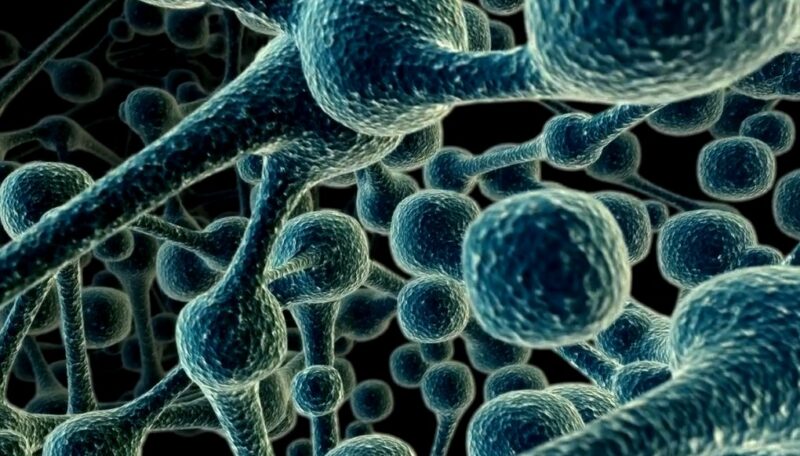Cellular respiration, a cornerstone of biology, is the process by which cells convert nutrients into energy. At the heart of this vital process are its reactants: oxygen (O₂) and glucose (C₆H₁₂O₆).
These molecules are broken down to produce ATP, carbon dioxide, and water. This article examines the world of cellular respiration, uncovering its complexities and presenting them in an easily digestible format.
Whether you’re a student, a professional, or simply a curious mind, this exploration offers valuable insights into the very mechanism that powers life.
The Pioneers of the Field
The discovery of cellular respiration is attributed to several scientists whose work over centuries contributed to our understanding of this complex process. One of the earliest and most significant contributors was Antoine Lavoisier, an 18th-century French chemist.
Lavoisier is often called the father of modern chemistry. He conducted groundbreaking experiments on combustion and respiration, which laid the foundation for understanding cellular respiration. He discovered that respiration was essentially a slow combustion process involving oxygen.
In the 19th century, further advancements were made by scientists like Theodor Schwann, who identified that yeast cells could cause fermentation, and Louis Pasteur, who later showed that fermentation was caused by living cells. This was crucial in understanding the anaerobic aspect of cellular respiration.
Additionally, biochemists such as Hans Krebs, who elucidated the citric acid cycle (also known as the Krebs cycle), further detailed the steps involved in cellular respiration.
The Core Reactants
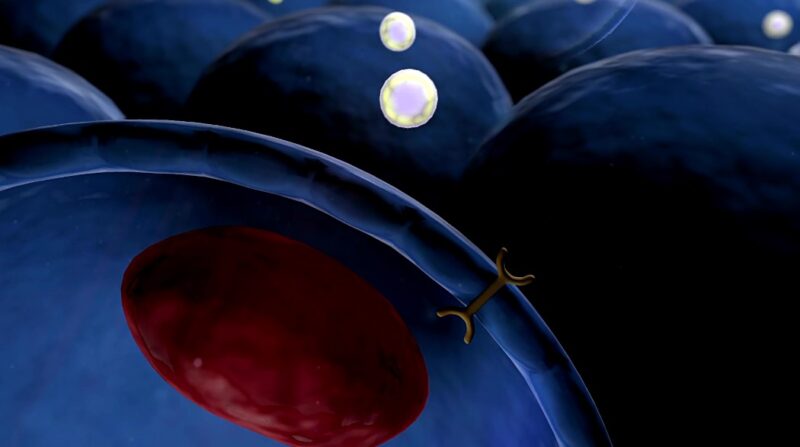
Oxygen and glucose, which we will briefly review, are the two reactants involved in this scenario.
Oxygen: The Breath of Life
Oxygen, often considered the elixir of life, plays a pivotal role in cellular respiration. It acts as the final electron acceptor in the electron transport chain, a crucial step in the process. Without oxygen, the entire chain grinds to a halt, leading to less efficient energy production.
Glucose: The Fuel of Cells
Glucose, a simple sugar, is the primary fuel for cellular respiration. It is derived from the food we eat and is broken down during the process of glycolysis, the first step in cellular respiration. This breakdown provides the necessary components for the subsequent stages of respiration.
The Synergy of Oxygen and Glucose
The interplay between oxygen and glucose in cellular respiration is a marvel of biological engineering. We will explore the intricate steps of this process, from glycolysis to the Krebs cycle and the electron transport chain, demonstrating the elegant choreography of these reactants in sustaining life.
But first, turn to the formula of respiration itself.
The Formula
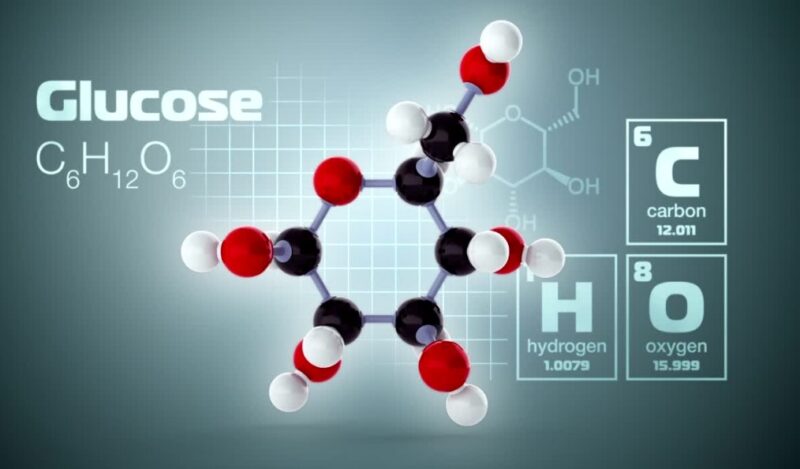
The formula for cellular respiration succinctly represents the chemical process that occurs in the cells of living organisms. It is typically written as:
C6H12O6+6O2→6CO2+6H2O+Energy(ATP)
This equation translates to one molecule of glucose (C₆H₁₂O₆) plus six molecules of oxygen (O₂) yields six molecules of carbon dioxide (CO₂), six molecules of water (H₂O), and energy in the form of ATP (adenosine triphosphate). This formula encapsulates the essence of cellular respiration, illustrating how glucose and oxygen are transformed into energy, water, and carbon dioxide – a process fundamental for sustaining life.
The Significance of the Formula
The formula of cellular respiration is not just a chemical representation; it symbolizes the flow of energy in the biosphere. It highlights the interdependence of living organisms and their environment, particularly in the context of the oxygen and carbon cycles.
The process of cellular respiration is mirrored by photosynthesis in plants, where carbon dioxide and water are converted into glucose and oxygen, thus completing an elegant biological cycle essential for life on Earth. Understanding this formula is crucial for students and researchers in fields ranging from biochemistry to ecology, as it provides insights into how energy is stored and utilized in living organisms.
It also has implications in medical research, where abnormalities in cellular respiration can lead to or indicate various diseases.
Explaining the Process Itself
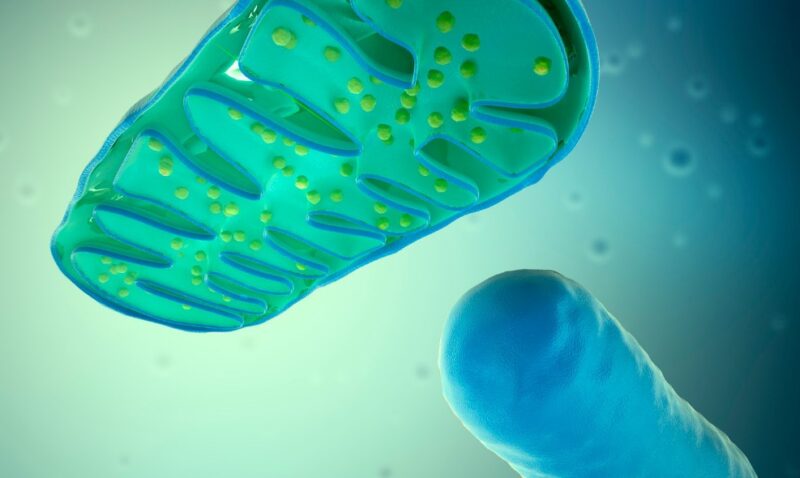
Glycolysis is the initial stage of cellular respiration, occurring in the cytoplasm of the cell. This process begins with a glucose molecule, which undergoes a series of ten enzymatic reactions. These reactions are divided into two phases:
- Energy Investment Phase: The first five steps of glycolysis involve the use of two ATP molecules to convert glucose into two three-carbon molecules. This phase is crucial for priming the glucose molecule for subsequent breakdown.
- Energy Payoff Phase: In the second half of glycolysis, the three-carbon molecules are converted into pyruvate. This phase generates four ATP molecules (a net gain of two ATP per glucose molecule) and two molecules of NADH, a key electron carrier.
The end result of glycolysis is the production of two molecules of pyruvate from one molecule of glucose, along with a small amount of ATP and NADH, without the use of oxygen.
The Krebs Cycle: A Closer Look
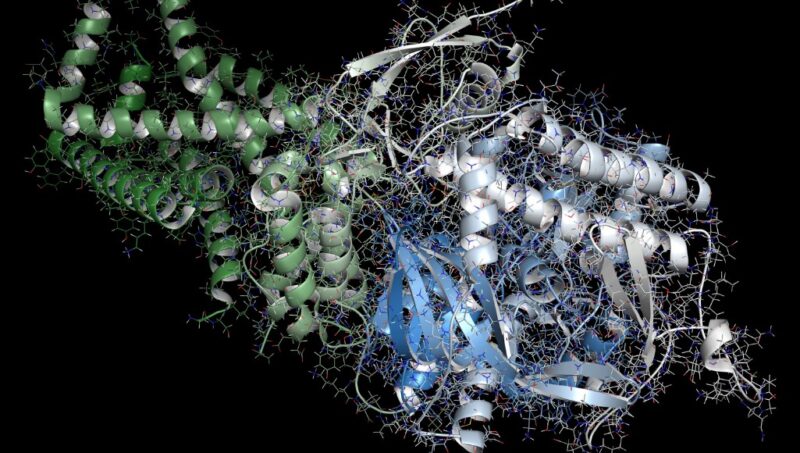
The Krebs cycle, also known as the citric acid cycle, occurs in the mitochondria after glycolysis. Before entering the Krebs cycle, pyruvate undergoes a conversion process called pyruvate decarboxylation, where it is transformed into acetyl-CoA.
- Formation of Citrate: Acetyl-CoA combines with a four-carbon molecule (oxaloacetate) to form citrate, a six-carbon compound.
- Series of Reactions: Citrate then goes through a series of enzymatic transformations, releasing two molecules of carbon dioxide and regenerating oxaloacetate.
- Production of Electron Carriers and ATP: Throughout these reactions, NADH and FADH2 (electron carriers) are produced, along with a small amount of ATP through substrate-level phosphorylation.
The Krebs cycle is central to cellular respiration, as it provides the high-energy electrons necessary for the next stage of respiration.
The Electron Transport Chain: The Final Stage
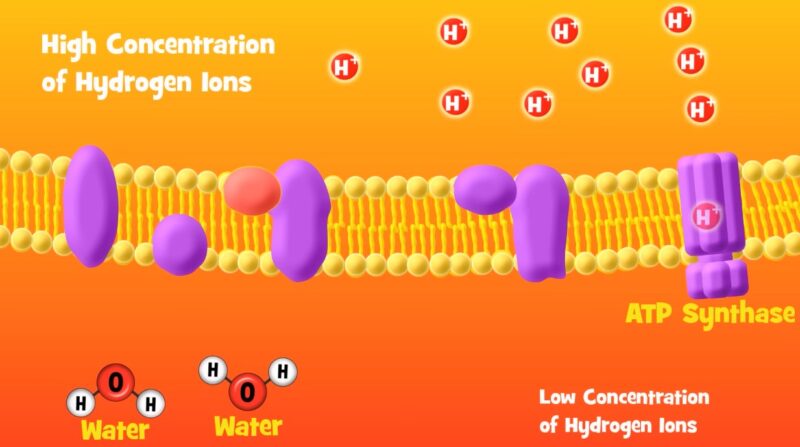
The electron transport chain (ETC) is located in the inner mitochondrial membrane and is responsible for the majority of ATP production in cellular respiration.
- Electron Transfer: Electrons from NADH and FADH2 are transferred to a series of protein complexes and coenzymes within the inner mitochondrial membrane.
- Proton Pumping: As electrons move through the ETC, protons are pumped from the mitochondrial matrix into the intermembrane space, creating a proton gradient.
- ATP Synthesis: The flow of protons back into the mitochondrial matrix through ATP synthase drives the production of ATP from ADP and inorganic phosphate. This process is known as oxidative phosphorylation.
- Role of Oxygen: Oxygen acts as the final electron acceptor in the chain, combining with electrons and protons to form water. Without oxygen, the electron transport chain cannot function, leading to a significant reduction in ATP production.
In summary, cellular respiration is a multi-step process where glucose and oxygen are converted into ATP, with by-products of carbon dioxide and water. Glycolysis breaks down glucose into pyruvate, which is further processed in the Krebs cycle to generate electron carriers.
These carriers then fuel the electron transport chain, resulting in the production of a large amount of ATP. This intricate process is vital for the energy needs of the cell.
Regulation and Efficiency
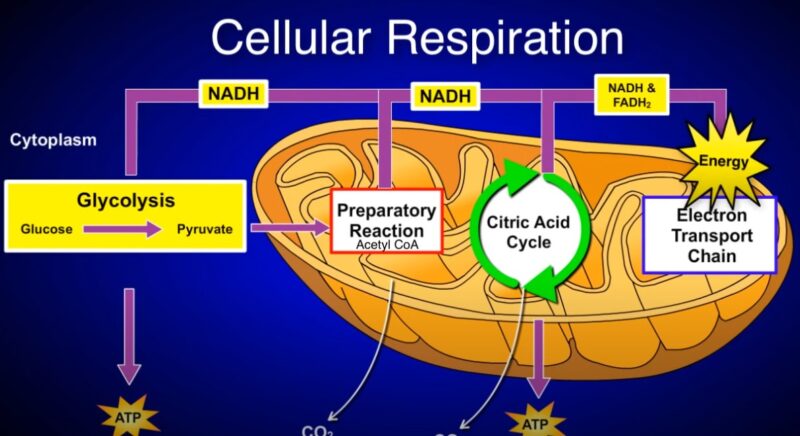
Cellular respiration is a precisely controlled mechanism, vital for the optimal generation of energy in response to a cell’s varying needs. This regulatory aspect is critical for organism survival and is complemented by the process’s inherent efficiency in energy production.
Organisms exhibit distinct adaptations in their respiration processes, reflecting the diversity of environmental conditions and life strategies. Further exploration reveals the crucial roles of specific molecules and the influence of environmental factors on cellular respiration, as well as its implications for human health.
The Role of Coenzymes and Cofactors
Coenzymes and cofactors play indispensable roles in cellular respiration, acting as essential aides in numerous chemical reactions. Key examples include NAD+ and FAD, which serve as electron acceptors, crucial for transferring electrons to the electron transport chain.
Influence of External Conditions
The efficiency of cellular respiration is markedly influenced by external factors like temperature, pH levels, and nutrient availability. High temperatures, for instance, can cause enzymes to lose their functional shape, while extreme pH levels might impair enzyme activity.
To cope with such environmental changes, cells have developed adaptive responses. These include synthesizing enzymes capable of withstanding high temperatures or accumulating nutrient reserves during periods of abundance for use during scarcity.
Cellular Respiration’s Link to Health and Disease
The significance of cellular respiration extends to human health, with disruptions in this process often leading to various medical conditions. Mitochondrial diseases are a prime example, where defects in the mitochondria—the site of cellular respiration—manifest as symptoms like chronic fatigue, muscle weakness, and neurological issues.
Ongoing research is focused on how insights into cellular respiration can pave the way for improved treatments for such conditions and other related diseases.
In summary, cellular respiration is not only a fundamental biological process but also a model of precision and efficiency. Understanding its basic principles and impact on health offers a window into the intricate and interconnected nature of life at the cellular level.
FAQ
What happens to the pyruvate produced in glycolysis before it enters the Krebs cycle?
Pyruvate undergoes a transformation in the mitochondria where it is converted into acetyl-CoA. This conversion is a crucial step, as acetyl-CoA is the necessary molecule that enters the Krebs cycle for further processing.
How does it differ in organisms that live in oxygen-poor environments?
In oxygen-poor environments, organisms rely on anaerobic respiration or fermentation. This process allows them to generate energy without the need for oxygen, although it’s less efficient than aerobic respiration and produces less ATP.
Can cells use molecules other than glucose for respiration?
Yes, cells can metabolize other molecules like fatty acids and amino acids for energy. These molecules are converted into intermediates that enter the cellular respiration pathway at various stages, such as the Krebs cycle.
Why is the electron transport chain considered the most productive stage of the process?
The electron transport chain is where the majority of ATP is produced. It utilizes high-energy electrons from previous stages to create a proton gradient across the mitochondrial membrane, driving ATP synthesis through chemiosmosis.
How do cells regulate the rate of cellular respiration?
Cells regulate respiration through feedback mechanisms involving key enzymes. For instance, high levels of ATP inhibit certain enzymes in the glycolysis pathway, slowing down the process, while low ATP levels accelerate it.
What role do coenzymes like NAD+ and FAD play in the process?
Coenzymes such as NAD+ and FAD act as electron carriers. They accept electrons during earlier stages of respiration (like glycolysis and the Krebs cycle) and transport them to the electron transport chain, where they play a key role in ATP production.
Bottom Line
In conclusion, cellular respiration is not just a fundamental biological process but a marvel of nature’s engineering. From the intricate dance of oxygen and glucose to the sophisticated regulation and adaptations across different organisms, cellular respiration is a testament to the complexity and adaptability of life.
This article has aimed to demystify this process, providing a comprehensive yet accessible overview that underscores its universal significance. As we continue to explore and understand cellular respiration, we not only gain insights into the fundamental workings of life but also open doors to potential advancements in medicine and biotechnology.
The journey through the world of cellular respiration is a journey through the very essence of life itself.
